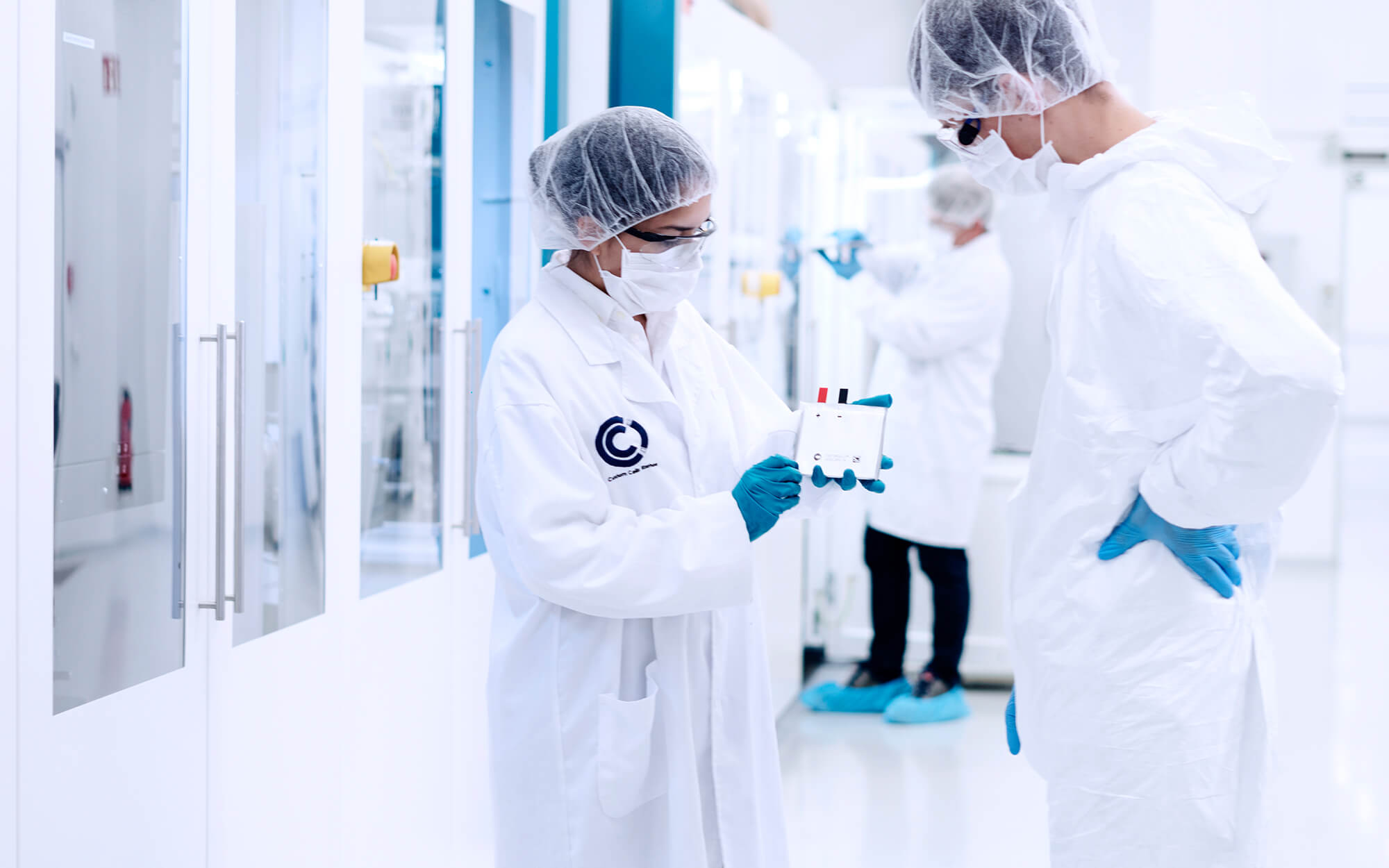
NEWBORN focuses on realistic and commercially viable project outcomes significantly exceeding the Call topic Expected Outcomes. This is the only path to bring a real impact, well beyond paperwork and test rigs. With this in mind, the project applies the steppingstone principle and intends to bring aviation graded fuel cells into the market as soon as safely possible. This will generate operational data to support certification on CS-25 aircraft. It will further provide vital acceptance gap mitigation in the conservative air transport environment.
13 partners with solid experience in Aircraft architecture and integration, fuel cell systems and high power electronics, will work on 28 key enabling technologies. They will be matured and optimized to support an EIS of CS-23 aircraft by 2030 and regional aircraft by 2035.

